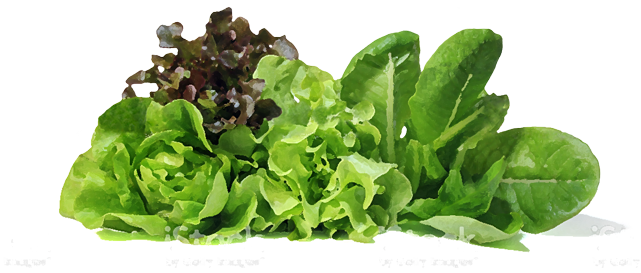“Traditional PR or social media?” conference at Fruit Logistica
16th February 2018
As mentioned in our Fruit Logistica report, this year we found the content of the Fresh Produce Forum really interested. That’s why we decided to attend 2 conferences. It was the first time (finally!) that a marketing speech was related to fresh produced and we could not miss it!

Let’s see “Traditional PR or social media?” in details. The aim was to analyse the communication between all the chain (producers, retailers and consumers) and understand which are the best tools to communicate. Of course, what came up from the conference is that there isn’t a general rule, there are strategies, but every case is different so a way to communicate is not necessary always the right one for each company.
Presented by Kaasten Reh, from Fruitnet, the two speakers were Heike Scholz, co-founder of ZUKUNFT DES EINKAUFENS and Luca Speroni, social media strategist from Fruitecom Italy.

Heike Scholz talked about trends, blogs and social media platforms. Our way of living is changing, not only for people but also for companies. Therefore, social media strategies are changing as well, because in the past all the channels were just on the computer whilst now the focus has changed from computers to mobile – thanks to both smartphones and tablets. So, we are live 24h a day, whenever and wherever; and, therefore, we pretend live answers. The consequence is that letters or blogs have not the same importance as before – why? Because they are not live!
This way, also values are changing. Online we don’t want to see a list of materials and products, we look for experiences.
Social media tools are changing as well. From social networks to instant messagers such as Whatsapp or Messanger, from posts to lives on all the social media such as Instagram, Facebook or Snapchat. Consumers are looking for transparency, live answers and continuous customers service.
In this reality comes into play a real problem for companies: choose the right social media platform. And Heike Scholz analysed pros and cons of the main ones.

Instagram: less useful for companies better for services, but very good for food industry.
Facebook: good for adverts
Youtube: second platform for researches after google
Twitter: best for PR
Snapchat: disadvantage that content remain for just for a fixed time
Linkedin: networking platform perfect for B2B
But, as previously said, there is not a rule that says which is the best one. Every company has to set a goal and a target and then find out which is the best social media platform that fits with it.
And then there are blogs and their pros – even if static and not live:
- Nobody control content and review it as it is yours
- Increasing SEO rankings
- Online traffic generation
- Leads generation
- Increasing brand awareness
- Transparency and customer focus
- Positioning

Can be target to B2B or B2C according to language and content – easier and less technical for B2C, more specific for B2B.

Just remember, Storytelling must be the focus of every social media campaign – from social networks to blog, the consumers want stories, truth and engagement and see the whole story of the product.
Then it was the turn of Luca Speroni on the stage.
Luca Speroni started with answering to this conference question: Traditional PR or social media? Well the answer is both of them.

Social media helps reaching the goals:
- Brand awareness
- Consideration
- Selling (e-commerce)
But, if companies decide to start a social media campaign then they must invest on it, avoiding wasting time because there is not a well-structured plan.
His speech focused on Instagram advantages for the food industry.
Pros:
- You can target your consumers
- Communicate to a heavely engaged audience
- Advertise with accurate target
But always keeping in mind a few rules such as:
- Don’t forget self-referential
- You don’t need to use logo, the product is your logo
- Go behind the scenes
- Don’t be afraid to take a stand
- Know your audience
- Interact with your community
- Move your audience
Related to this aspects he then showed a few case studies.
Leni’s apple snacks – instagram posts to attract attention but in the right way for the product.

Arancia Rosaria, focused on the colour (orange) and a chromatic unity.

Nutella with the use of the product itself instead of the logo, and photo of the product from a high perspective.

Oreo placing the product in absolutely impossible contests (decostruction of the product itself) to attract attention.

Mulino Bianco using values and tradition with a very small logo.

…and again also this case studies proved that every product and company need its own channel and its own strategy – the importance is to keep this strategy through the years!
More news
